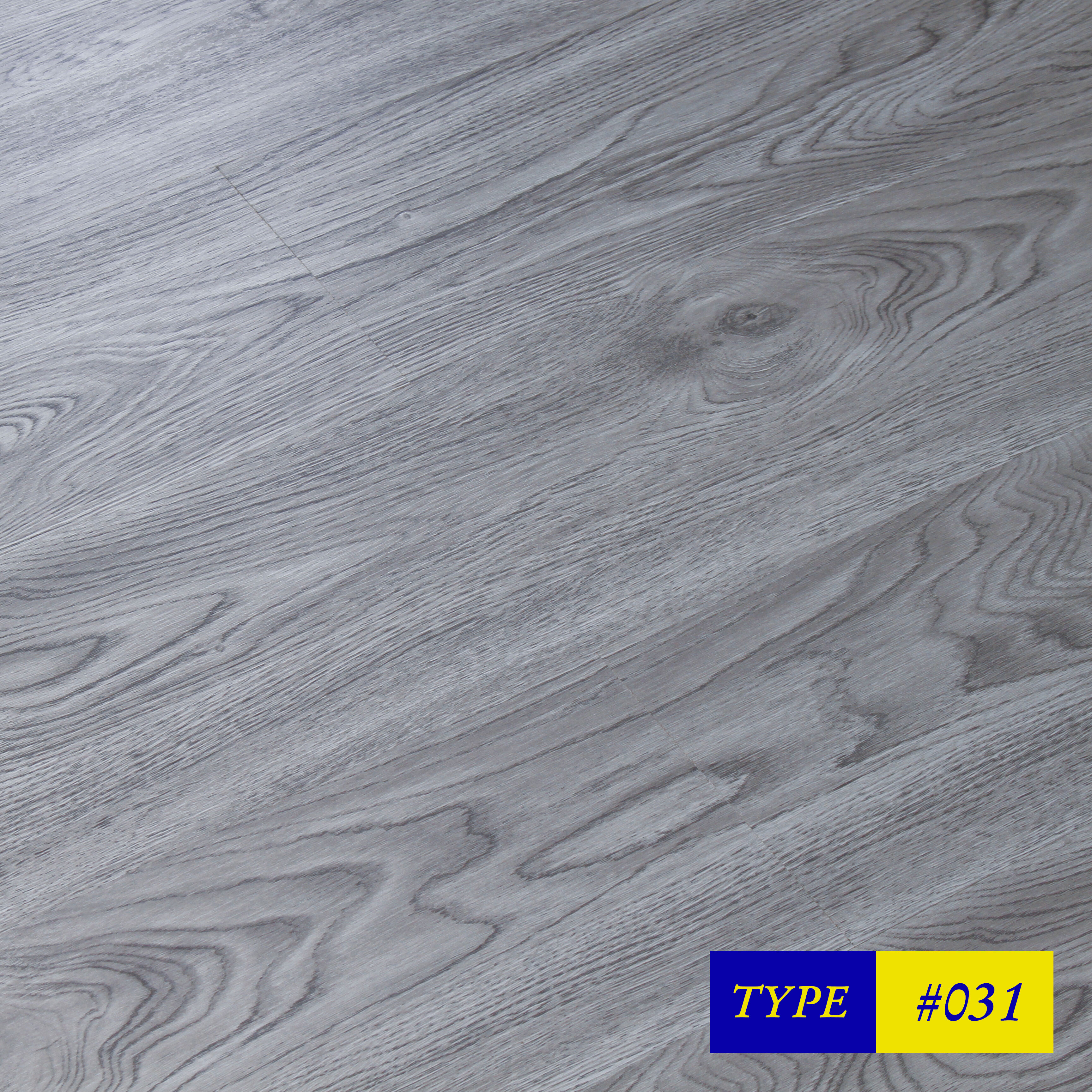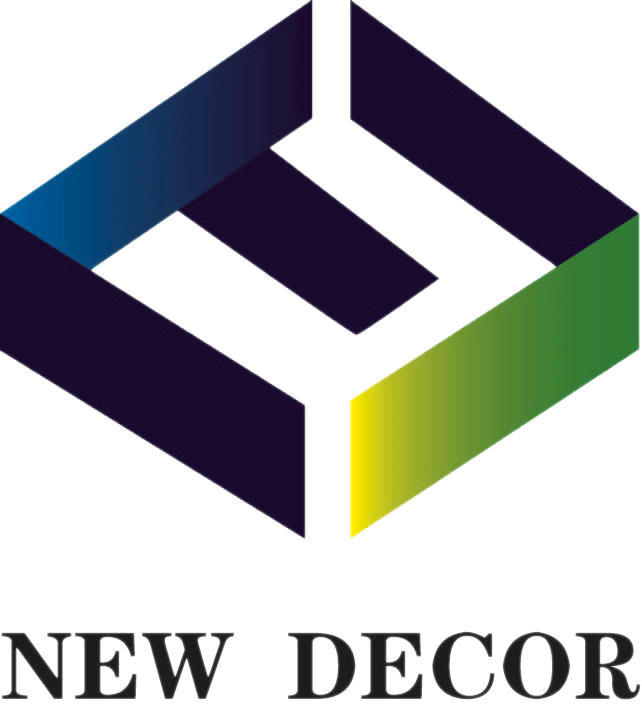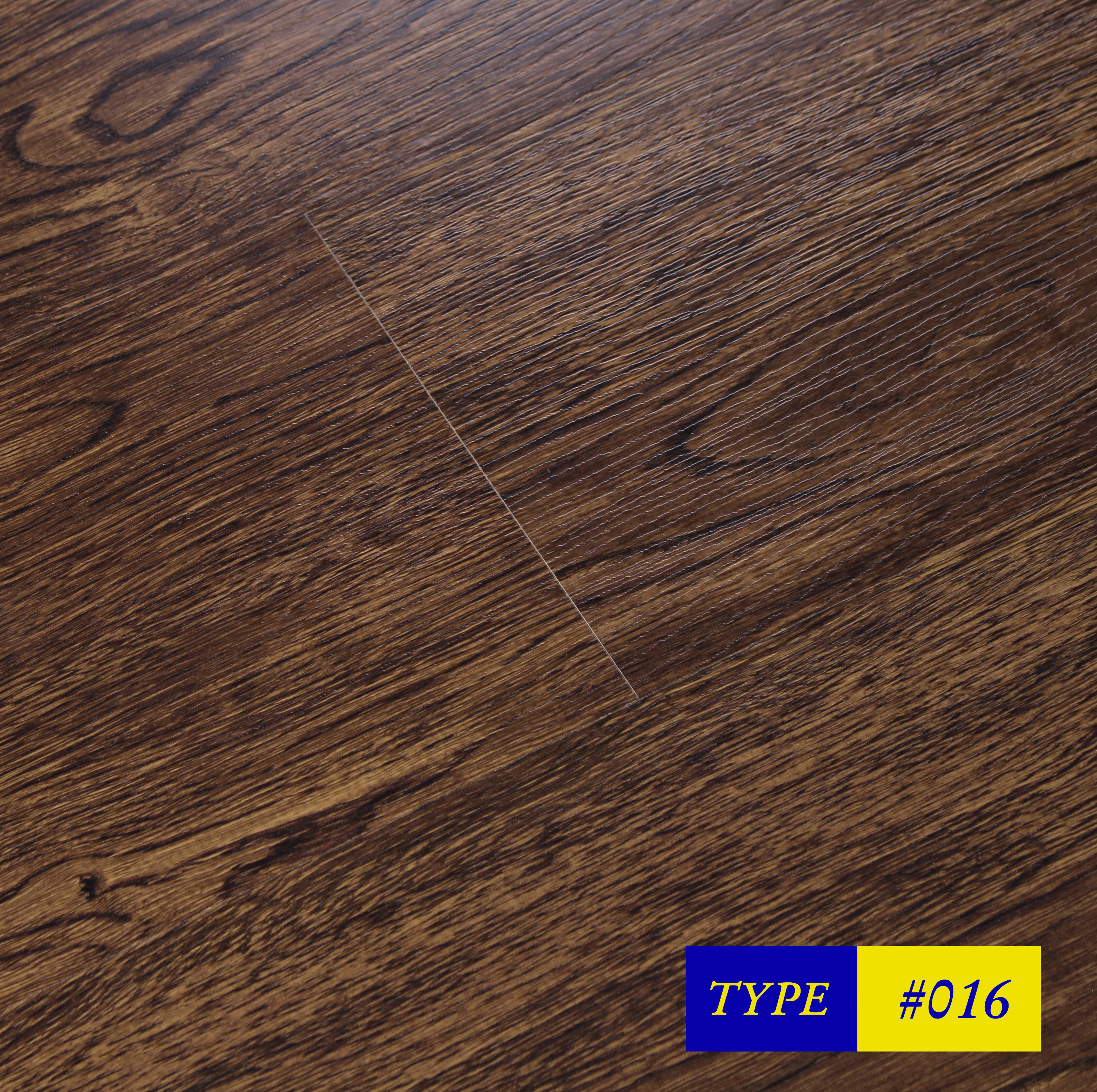Discover Affordable Elegance for Modern Interiors
In today’s interior design trends, achieving a luxurious aesthetic without overspending is no longer a distant dream. Laminate flooring has emerged as one of the most practical and visually appealing solutions for homeowners and designers alike. This flooring option replicates the natural texture and appearance of real wood while maintaining a budget-friendly profile. More importantly, laminate flooring is not just about looks—it delivers performance, durability, and easy maintenance that rival traditional materials. Whether used in residential or commercial spaces, it continues to gain popularity due to its exceptional cost-to-value ratio and adaptable style.
Realism and Texture That Mimic Natural Hardwood
Advanced Imaging Technology Enhances Visual Authenticity
One of the biggest appeals of laminate flooring is how accurately it replicates real wood grain patterns. Thanks to high-definition photographic technology, manufacturers can now reproduce detailed textures and intricate wood finishes that are nearly indistinguishable from hardwood. These images are layered under a clear protective wear layer, creating depth and richness in appearance. As a result, laminate flooring can convincingly emulate oak, walnut, maple, and even exotic wood species, offering homeowners design flexibility without sacrificing authenticity.
Embossed Surfaces Add Depth and Tactile Realism
Visual realism alone isn't enough to create a convincing hardwood alternative. That’s why many premium laminate flooring options feature embossed-in-register (EIR) technology. This process adds a raised texture that aligns perfectly with the wood grain pattern, allowing each plank to feel like genuine timber underfoot. This added dimension not only enhances the look but also gives a more satisfying experience for those walking on it. Such tactile precision has made laminate flooring an increasingly trusted substitute in high-end residential and retail environments.

Practical Benefits That Suit Modern Lifestyles
Scratch and Impact Resistance for Busy Homes
Real hardwood, while beautiful, is often susceptible to scratches, dents, and other forms of wear, especially in households with pets, children, or heavy foot traffic. Laminate flooring offers a protective layer made of durable melamine resin that resists surface damage far better than many traditional flooring types. This makes it an ideal option for kitchens, living rooms, and hallways—spaces where spills, toys, and furniture movement are common. With laminate flooring, homeowners can preserve the elegance of wood aesthetics while enjoying enhanced durability.
Moisture-Resistant Properties in Select Grades
While early versions of laminate flooring were vulnerable to moisture, modern variants have dramatically improved. Water-resistant and waterproof laminate flooring now exist, featuring tightly locked seams and protective cores that help prevent water from penetrating the surface. These advancements make it possible to install laminate flooring in moisture-prone areas such as bathrooms, laundry rooms, or even basements. With careful product selection, laminate flooring can meet the needs of contemporary living without sacrificing style.
Cost Efficiency Without Compromise
Lower Material and Installation Costs
One of the main reasons laminate flooring continues to dominate the market is its affordability. Compared to solid hardwood or engineered wood, laminate flooring costs significantly less both in terms of raw material and installation. It doesn’t require nails or glue, and most designs utilize click-lock systems that make DIY installation easy, quick, and cost-effective. For large-scale renovations or budget-conscious projects, the savings achieved through laminate flooring can be substantial without impacting overall visual appeal.
Long-Term Value With Low Maintenance
Laminate flooring also offers excellent long-term value. Unlike wood floors that require refinishing or special cleaning agents, laminate surfaces are easy to maintain with routine sweeping and occasional damp mopping. There’s no need for waxing or sealing, and the finish resists fading even in sun-exposed rooms. These features contribute to lower maintenance costs over time, allowing homeowners to enjoy both upfront savings and reduced long-term expenditures. In this way, laminate flooring supports both financial and lifestyle efficiency.
Sustainability and Environmental Benefits
Eco-Friendly Manufacturing Practices
As environmental concerns rise, more consumers are turning to sustainable building materials. Laminate flooring is often made from recycled wood fibers and resins, reducing the demand for fresh timber. Some manufacturers adhere to green certifications, such as FSC (Forest Stewardship Council) or PEFC (Programme for the Endorsement of Forest Certification), to ensure responsible sourcing. Additionally, the efficient use of raw materials minimizes waste, helping laminate flooring emerge as a greener alternative to traditional hardwood.
Reduced Environmental Impact Over Product Lifecycle
Beyond its manufacturing process, laminate flooring also contributes to sustainability through its longevity. Thanks to its durable wear layer, it doesn’t need to be replaced as frequently as carpet or some other types of flooring. Its minimal upkeep also reduces the need for harsh chemicals or excessive water use during cleaning. From installation to disposal, laminate flooring offers an environmentally considerate choice for eco-minded builders and consumers.
Design Flexibility and Versatility
A Wide Range of Styles, Colors, and Sizes
Laminate flooring offers an unmatched selection of design options. Whether you’re going for a rustic farmhouse look or a sleek modern finish, there's a style to suit every taste. Planks come in various widths, lengths, and finishes, ranging from matte to high gloss. There are even stone and tile-look laminate flooring options, expanding design possibilities far beyond traditional wood imitations. This wide variety enables designers and homeowners to craft unique interiors while maintaining design cohesion across multiple rooms.
Seamless Integration Across Different Spaces
The uniformity and visual continuity provided by laminate flooring make it ideal for open-plan living spaces. Transitions between rooms can be made without thresholds or breaks, creating a seamless appearance that enhances flow and makes spaces feel larger. Laminate flooring’s versatility also extends to wall applications and staircases, allowing for a cohesive design language throughout the home. These advantages help laminate flooring remain a go-to solution in both new construction and remodeling projects.
Installation Simplicity for Faster Turnarounds
User-Friendly Click-Lock Systems
Laminate flooring is engineered for convenience. Most products now use interlocking systems that allow planks to snap together without adhesive, staples, or nails. This click-lock mechanism not only reduces installation time but also minimizes errors, making it suitable for both professionals and do-it-yourselfers. Because of this feature, laminate flooring has become a favored choice for rapid installations in both residential and commercial settings, allowing for quicker occupancy and less downtime.
Subfloor Versatility and Minimal Preparation
Another key benefit is laminate flooring's adaptability to various subfloor types. It can be installed over plywood, concrete, or even existing vinyl or tile, provided the surface is flat and clean. Underlayment can help improve sound insulation and comfort underfoot, further enhancing performance. These installation benefits translate into significant time and labor savings, making laminate flooring a preferred solution for fast-paced renovation schedules or tight project timelines.
Resistance to Fading and UV Exposure
Long-Lasting Color and Finish
A common concern with flooring is how it holds up to sunlight over time. Laminate flooring is built with UV-resistant coatings that help preserve color integrity even in rooms with significant natural light. While real hardwood tends to darken or discolor with exposure, laminate maintains its original appearance for years. This feature is especially important for homes with large windows or sunrooms, where maintaining a consistent aesthetic is critical.
Ideal for High-Traffic and Light-Exposed Spaces
Thanks to its fade resistance and robust wear layer, laminate flooring performs well in high-traffic areas such as entryways and hallways. It doesn't lose its luster quickly and continues to look clean and fresh with minimal upkeep. The combination of lightfastness and durability ensures that laminate flooring delivers consistent beauty across seasons and usage conditions, making it one of the most reliable flooring investments available today.
FAQ
What makes laminate flooring look so much like real wood?
Laminate flooring mimics real wood through high-resolution imaging and advanced printing technologies that capture the intricate grain patterns and textures of natural timber. Embossed finishes further enhance realism by adding a tactile feel that aligns with the printed design, making the surface feel like actual wood.
Is laminate flooring durable enough for households with pets and kids?
Yes, laminate flooring is specifically designed to handle high traffic and daily wear. Its tough surface layer resists scratches, dents, and stains, making it an excellent option for families with pets and children. Many products are also water-resistant, adding another layer of protection in active households.
Can laminate flooring be used in kitchens and bathrooms?
Modern water-resistant laminate flooring options are suitable for kitchens and even some bathrooms. These types feature sealed seams and protective core materials that help prevent moisture penetration. However, it's important to select the right product and follow manufacturer installation guidelines for wet areas.
How does laminate flooring compare to hardwood in terms of cost and maintenance?
Laminate flooring is generally more cost-effective than hardwood both in terms of material and installation. It also requires less upkeep—no refinishing, waxing, or specialized cleaning products are needed. This makes laminate flooring a lower-cost, lower-effort option with excellent aesthetic appeal.
Table of Contents
- Discover Affordable Elegance for Modern Interiors
- Realism and Texture That Mimic Natural Hardwood
- Practical Benefits That Suit Modern Lifestyles
- Cost Efficiency Without Compromise
- Sustainability and Environmental Benefits
- Design Flexibility and Versatility
- Installation Simplicity for Faster Turnarounds
- Resistance to Fading and UV Exposure
- FAQ

